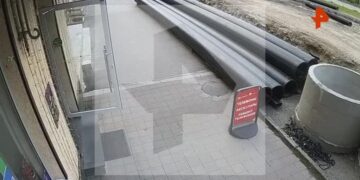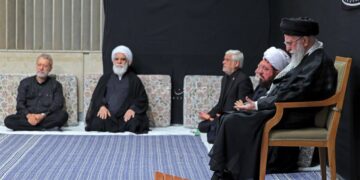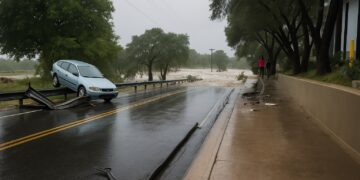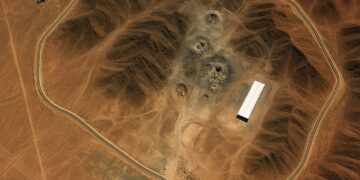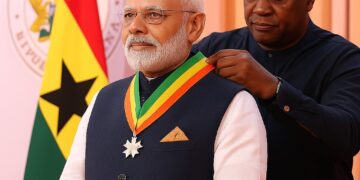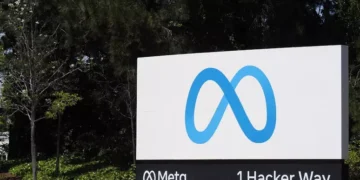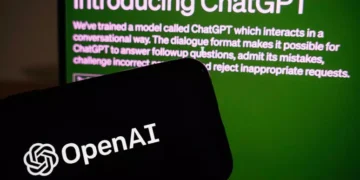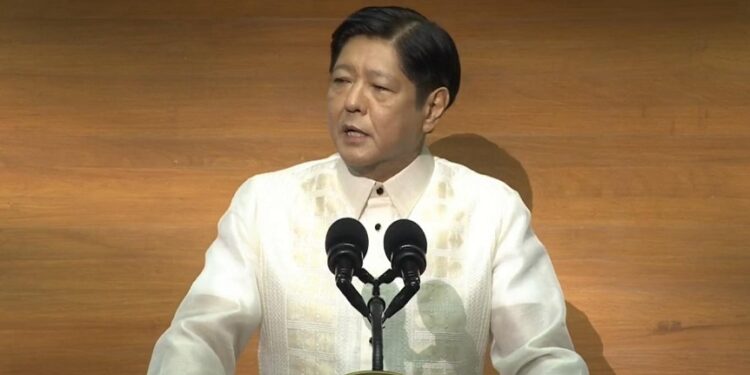President Ferdinand Marcos Jr. has recently approved the proposed national budget of P6.352 trillion for 2025. This landmark budget reflects the administration’s commitment to driving economic growth, addressing social challenges, and investing in infrastructure and development projects. The budget represents a significant increase from previous years, underscoring the government’s focus on recovery and progress.
Key Components of the 2025 National Budget
The 2025 national budget is structured around several key areas, each designed to address specific needs and opportunities within the country. These areas include infrastructure development, social services, economic revitalization, education, and health care. The allocation of funds reflects a comprehensive approach to national development, aiming to create a balanced and inclusive growth trajectory.
Infrastructure Development
A substantial portion of the budget is dedicated to infrastructure development, continuing the legacy of the “Build, Build, Build” program initiated by the previous administration. This includes significant investments in transportation, such as roads, bridges, airports, and seaports, which are crucial for improving connectivity and reducing logistical costs.
Transportation Projects: Major projects include the expansion of the North-South Commuter Railway, the development of new expressways, and upgrades to existing airports. These projects are expected to enhance domestic and international trade, facilitate tourism, and improve overall mobility.
Urban Development: Urban areas will see significant investments in public transportation systems, including new metro lines and bus rapid transit systems. These projects aim to reduce traffic congestion, lower pollution levels, and improve the quality of life for urban residents.
Social Services
The budget also places a strong emphasis on social services, particularly in health, education, and social welfare. This focus is intended to ensure that economic growth translates into improved living standards for all Filipinos.
Health Care: Health care receives a significant boost, with funds allocated for the construction of new hospitals, the upgrade of existing health facilities, and the expansion of the universal health care program. This includes investments in medical equipment, training for health care professionals, and initiatives to improve rural health services.
Education: Education remains a priority, with increased funding for the Department of Education and higher education institutions. The budget includes provisions for building new schools, enhancing teacher training programs, and providing scholarships and financial aid to students. The aim is to improve access to quality education and address disparities in educational opportunities.
Social Welfare: Social welfare programs are also expanded, with increased funding for cash transfer programs, housing projects for low-income families, and initiatives to support marginalized communities. These programs are designed to reduce poverty and promote social inclusion.
Economic Revitalization
To stimulate economic growth and create jobs, the budget includes a range of economic initiatives targeting various sectors of the economy.
Agriculture: Significant investments are planned for the agricultural sector, including modernization programs, support for small farmers, and infrastructure projects such as irrigation systems. These efforts aim to boost agricultural productivity, ensure food security, and reduce rural poverty.
Industry and Services: The budget also supports the development of key industries and the service sector. This includes incentives for small and medium-sized enterprises (SMEs), support for innovation and technology adoption, and initiatives to attract foreign investment. These measures are expected to create jobs, enhance competitiveness, and drive economic diversification.
Implications for the Future
The approval of the P6.352 trillion budget for 2025 signals the Marcos administration’s commitment to a comprehensive development agenda. The ambitious spending plan is designed to address immediate challenges while laying the foundation for sustainable long-term growth.
Economic Recovery
In the wake of the COVID-19 pandemic, economic recovery remains a top priority. The budget’s focus on infrastructure and economic initiatives is expected to stimulate economic activity, create jobs, and support businesses. By investing in critical sectors, the government aims to accelerate recovery and build a more resilient economy.
Social Equity
The emphasis on social services and welfare programs reflects a commitment to ensuring that economic growth benefits all segments of society. By addressing health, education, and social welfare, the government aims to reduce inequality and promote inclusive development. These investments are crucial for building a more equitable society and improving the quality of life for all Filipinos.
Sustainable Development
The budget also includes measures to promote sustainable development. This includes investments in renewable energy projects, environmental conservation programs, and initiatives to combat climate change. By prioritizing sustainability, the government aims to protect natural resources, reduce carbon emissions, and build a more sustainable future.
Challenges and Considerations
While the 2025 budget presents a bold vision for the future, it also faces several challenges. Ensuring efficient and transparent implementation of projects is crucial to achieving the desired outcomes. The government will need to address issues such as bureaucratic inefficiencies, corruption, and the need for effective monitoring and evaluation mechanisms.
Conclusion
President Ferdinand Marcos Jr.’s approval of the P6.352 trillion national budget for 2025 marks a significant milestone in the Philippines’ journey towards economic recovery and sustainable development. The budget’s focus on infrastructure, social services, economic initiatives, education, and health care reflects a comprehensive approach to national development. While challenges remain, the ambitious spending plan underscores the administration’s commitment to building a prosperous, equitable, and sustainable future for all Filipinos.


